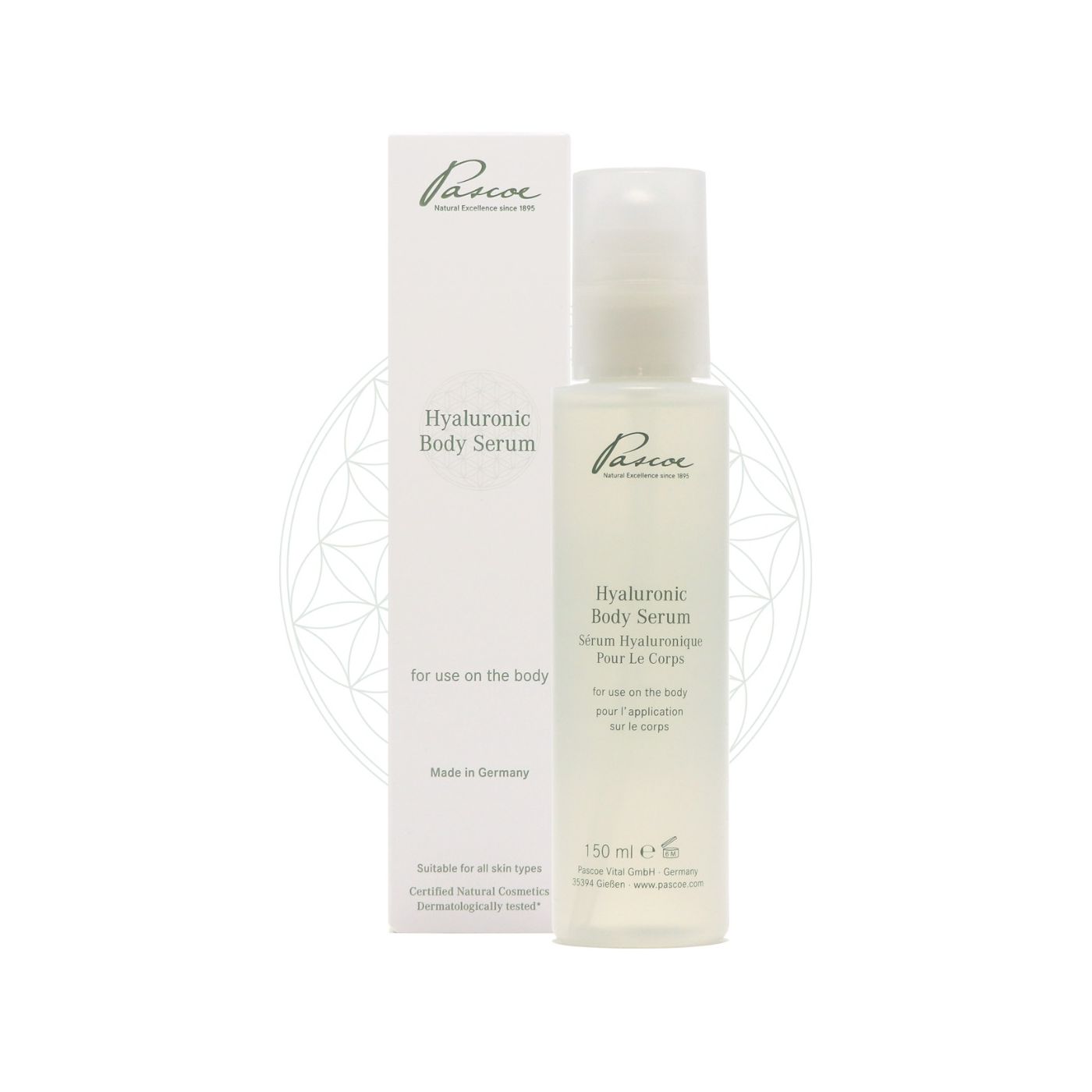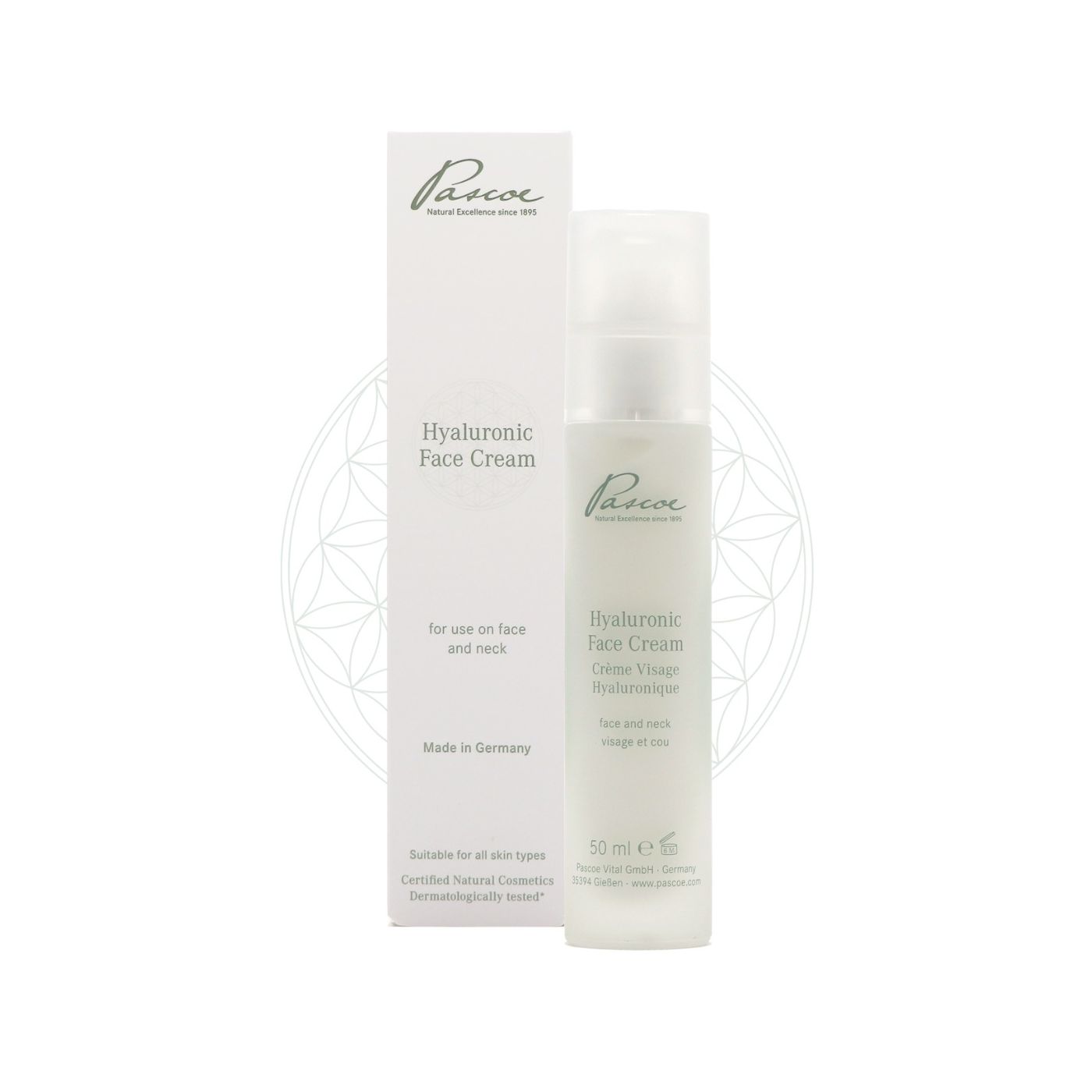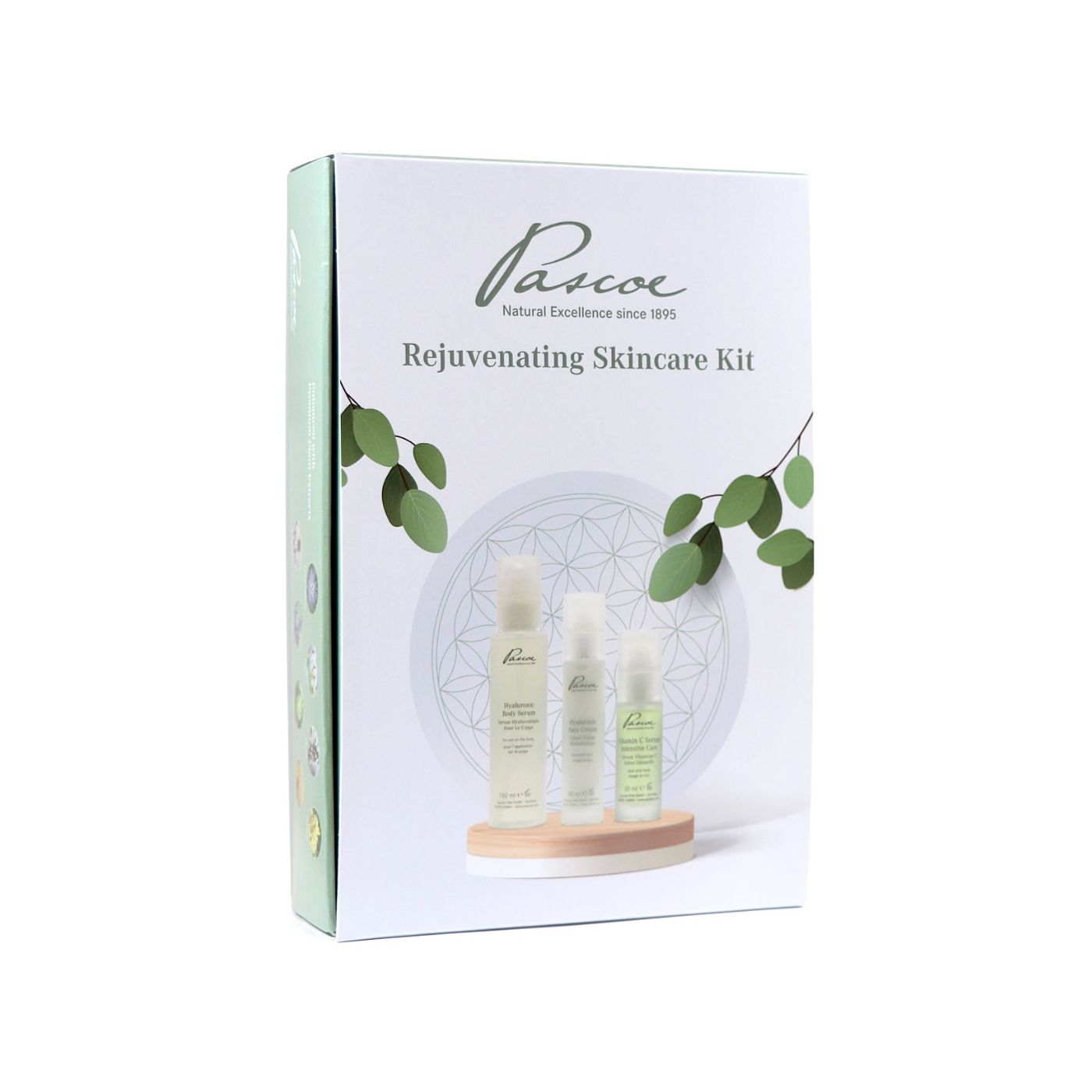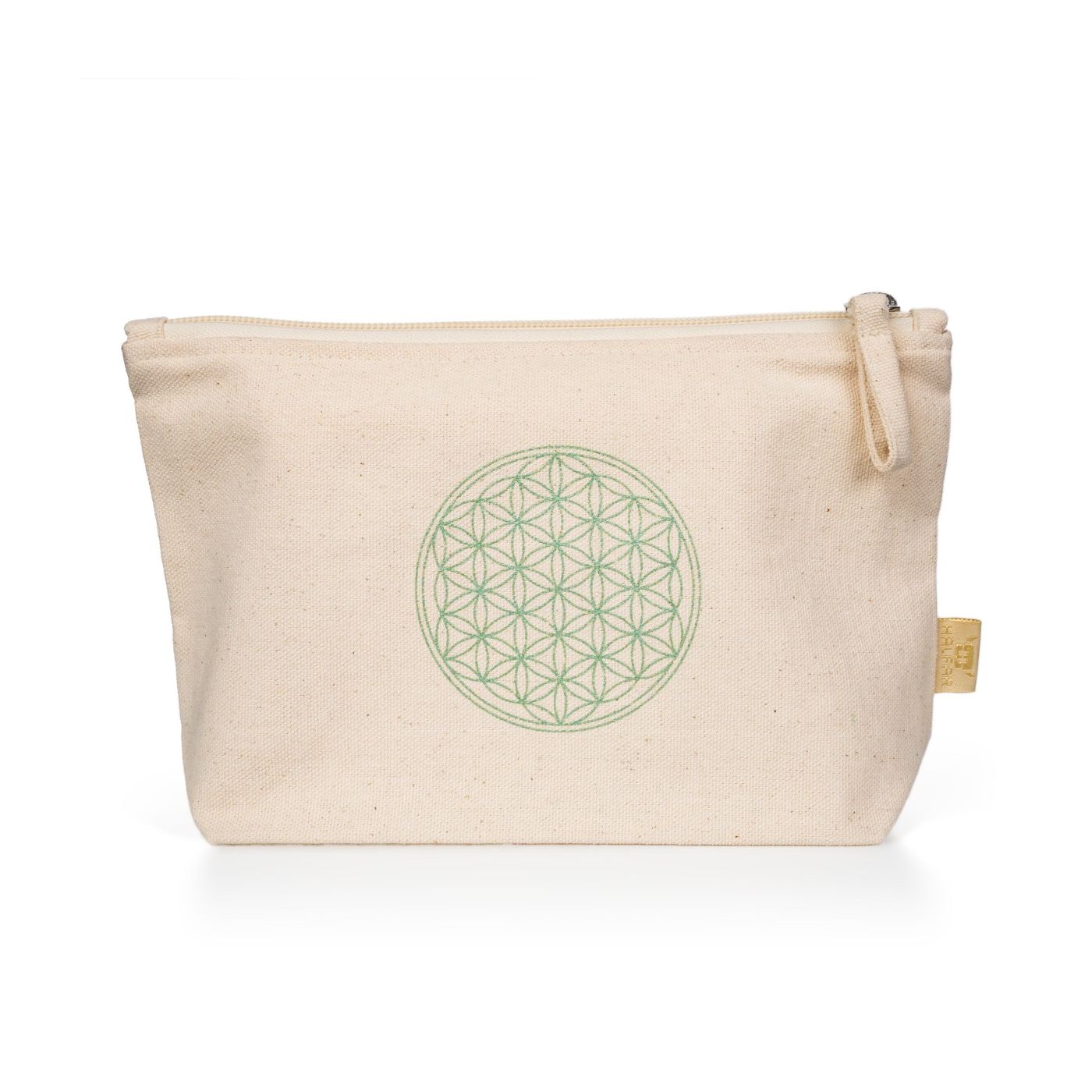

Skincare Products
Why Pascoe Skincare Products?
Pascoe truly believes in a whole-body care approach to health. This includes skin, which is one of the body’s largest organs to help regulate, protect and provide sensation for the body. We can’t ignore it. Pascoe’s skincare collection combines our traditional knowledge of proven plants with the latest natural cosmetic research findings to rejuvenate your skin.
- Suitable for all skin types
- Dermatologically tested
- Certified natural cosmetic
- Animal cruelty free
- Vegan
- GMO free
- Made in Germany and our ingredients are sourced from the surrounding area
- Paper sourced from responsible forestry
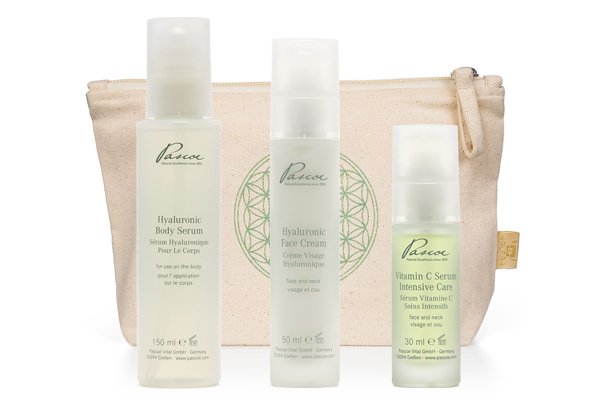



Suitable For All Skin Types
Pascoe’s skincare collection redefines and revitalizes your daily skincare routine. Our products are scientifically formulated for all ages and all skin conditions such as (very) dry, oily, normal to sensitive skin types. Our line of skincare products has been dermatologically tested on 30 healthy adults from dry to even the most sensitive skin. To rejuvenate your skin, we recommend using our products daily for the best results.
Made with 100% naturally sourced ingredients
Pascoe’s natural skincare line combines the essence of eight carefully chosen plant extracts to help soothe, calm and balance skin. Along with Hyaluronic Acid and Vitamin C, our advanced formula includes the unique synergy of eight healing herbs: passionflower, marigold, pansy, thyme, gentian, echinacea, sage, and hops.
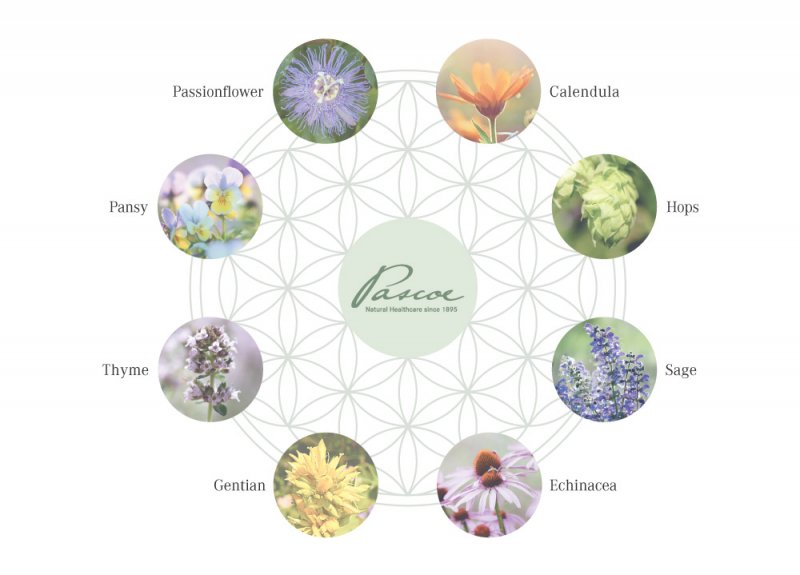

Buy Skincare Products
What Causes Joint Swelling?
Joints are surrounded by soft tissue that cushions the joints; swelling occurs when fluid builds up in these tissues. This swelling can be due to injuries, such as bone fractures, dislocations, a torn ligament, or a symptom of a chronic condition, such as arthritis. Joints connect two more bones in the body and are found in your feet, ankles, hips, knees, arms and many other parts of the body. Arthritis is one of the most common causes of joint swelling. There are many types of arthritis including osteoarthritis, rheumatoid arthritis, psoriatic arthritis, and septic arthritis. Symptoms of joint swelling include deep aching pain in the joint, joint redness, warmth around the joint, and stiffness.
How do you increase mobility for your joints?
Joint wear is described as arthritis. The term is derived from the Greek word for joint: arthron. Chronic joint disease is the result of joint cartilage wear. The consequence is usually inflammation of the inner layer of the joint capsule and the symptoms include pain and increasingly limited mobility.
Which joints are affected?
Arthritis can occur in one or more joints. The following joints are most often affected:
- Hip joint (coxarthritis)
- Knee (gonarthritis)
- Shoulder joint (omarthritis)
- Saddle joint of the thumb (rhizarthritis)
- Ankle joint
- Metatarsophalangeal joint of the large toe
Why does arthritis develop?
Joint wear occurs when the joint is subjected to a greater, longer or different load than usual. Therefore, arthritis worsens in old age.
Other reasons that may cause arthritis to develop:
- Incorrect loading of the joint in places that were not intended for this due to:
- congenital or acquired deformities of the joints
- overloading or incorrect loading of the joints due to sport, occupation, heavy lifting and or obesity
- Joint injuries or previous inflammation of the joint
- Metabolic disorders
- Genetic predisposition
- Poor diet which lacks nutrients that are important for joints
- Lack of exercise
How is arthritis caused?
The reasons given above for the development of arthritis initially disrupts the balance between cartilage production and cartilage breakdown to the disadvantage of cartilage production. This results in loss of cartilage: the protective layer of cartilage becomes thinner. Products from cartilage wear and tear get into the joint space and activate inflammatory processes which in turn promote cartilage breakdown and lead to pain, swelling and limitation of movement.
Who suffers from arthritis?
- Almost one in three people aged 40-50 years
- One in two people aged 60 years and older
- 90% of people aged 70 years and older
What is the difference between arthritis and arthrosis?
Both are joint diseases (Greek: arthron). The syllable -sis indicates the advanced disease process which is typical for the wear and tear of the musculoskeletal system such as arthrosis. In contrast, the suffix -itis primarily indicates the inflammatory processes. Arthritis and arthrosis are closely connected as arthrosis, which is usually accompanied by inflammation in the joint and severe joint inflammation, always leads to joint damage. However, the causes of arthritis can be diverse: even infections and disturbances of the immune system results in the breakdown of the body's own tissue (autoimmune diseases) which can lead to arthritis.
What are the symptoms of arthrosis: Joint pain
Even in the initial phase, arthrosis manifests itself through a feeling of stiffness in the joints. Pain develops later. This occurs only at the start of joint stress. This is referred to as pain on initial movement. Many people experience this when they get up after sitting for a long time (in the car). The stress-induced pain is also typical for the early stages of arthrosis, which only develops after a long period of stress – e.g., after several hours on a mountain hike. This can develop into permanent stress-induced pain. Advanced arthrosis is characterized by pain at rest which also develops without stress. Many people who suffer from arthrosis develop a sensitivity to changes of weather (i.e. when the weather changes, the symptoms intensify.)
What helps arthrosis?
The overriding principle is: "A rolling stone gathers no moss." Exercise is the best prevention, and also the best therapy. Exercise stimulates the production of synovial fluid (joint lubricant) and strengthens the muscles. It supports and relieves the joint pain in its role. This means: Exercise is the most important thing, but without additional stress to the joints!
Nutrition is key
Fruits and vegetables should be included in your diet every day, while meat should be consumed less often. For one thing, meat contains arachidonic acid which promotes inflammation and animal products are rich in protein and proteins are acid-forming substances. However, in the case of joint diseases, such as arthrosis and arthritis, the diet should be as low in acid and as rich in bases as possible.
For example, most vegetables, salads, herbs and sprouts are base forming. A basic diet rich in vegetables and low in meat can also contribute to weight reduction in the case of obesity and counteracts a risk factor for joint wear.
Inflammation should be relieved as quickly as possible – if severe inflammation develops in the joint, anti-inflammatory therapeutic measures must be started by your doctor or alternative practitioner.
How do you improve mobility and reduce arthritis pain?
- Do plenty of exercises! Sports that are easy on the joints and involve the whole body such as swimming, dancing, hiking or cycling are most suitable.
- Maintain normal body weight.
- Talk to your doctor about physiotherapy, fango (mud) packs, electrotherapy, exercise therapy in warm water and ways to relieve weight-bearing joints (walking aids, weight reduction)
- Eat a diet that has an abundance of vitamins and minerals, but low in meat.
- Make sure to eat foods that are rich in bases and with basic dietary supplements.
- Use moss-, quark-, or healing earth packs to relieve pain.
- Also, white cabbage packs can bring relief: Remove large stalks from white cabbage leaves, crush using a rolling pin or bottle so that juice starts to come out and then place on the joint, cover and leave for a few hours to work.
- Apply compression to the joints using a bandage or wrap
- Elevate the joint when resting
- Avoid putting weight on the joint/moving the joint too much
- Apply ice/cold pack to the affected area

